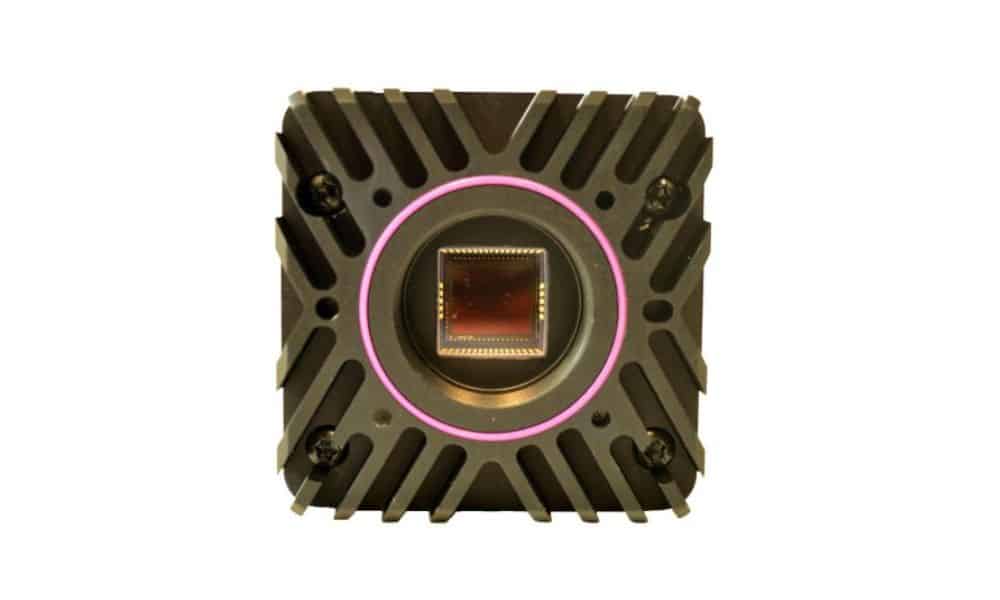Infrared (IR) imaging technology has advanced significantly over the past few decades. Short-wave infrared (SWIR) cameras, in particular, have become indispensable tools for a wide range of industries and applications. These cameras detect how objects absorb or reflect infrared light, which helps differentiate real human hair from a wig, water from oil, genuine artwork from fake, and much more. Learn about the top five applications of SWIR cameras today.
Security and Surveillance
Security systems use SWIR cameras to detect intrusions in dark environments. Because they can see through fog, dust, smoke, and camouflage, SWIR cameras can create images from absorbed or reflected infrared light. An ordinary camera that records visible light cannot. For example, they can detect disguises, such as wigs. They can also help with facial recognition in low-light environments where cameras that capture only visible light may fail.
Industrial Automation and Machine Vision
Quality control is critical in manufacturing, and SWIR cameras can identify materials and objects on assembly lines. With SWIR imaging, operators can quickly detect foreign objects or substances and check for defects or abnormalities in products coming through a production line.
Automotive and Aerospace
SWIR cameras’ ability to see through fog and dust and in low-light conditions makes them useful for identifying road hazards in low-visibility conditions. They can be mounted on vehicles or attached to drones for aerial investigations and imaging.
Agriculture and Forestry
SWIR cameras measure crop health and detect diseased trees. They can also be used to identify weeds in a field, animals that damage crops at night, and differing moisture levels to help farmers determine problems with irrigation and drainage.
Imaging laser beams
SWIR cameras can image laser spots with wavelengths ranging from 900 to 2300 nm because of their high quantum efficiency in this part of the spectrum. Laser spots can be imaged directly on the sensor for laser beam profiling applications where the laser spot 2D intensity profile is recorded to extract information such as beam size, shape, and pointing stability. Adding a SWIR lens to the camera allows for imaging laser spots in the distance. This can be useful for defense applications where a laser sport is detected in a scene or in free space telecommunications (FSO) where a turbulent beam is imaged after propagation in the atmosphere.
As you can see, these five applications for SWIR cameras have roles in multiple industries. From security and surveillance to industrial automation and laser beam imaging, SWIR cameras offer exceptional accuracy, reliability, and performance in countless applications.

